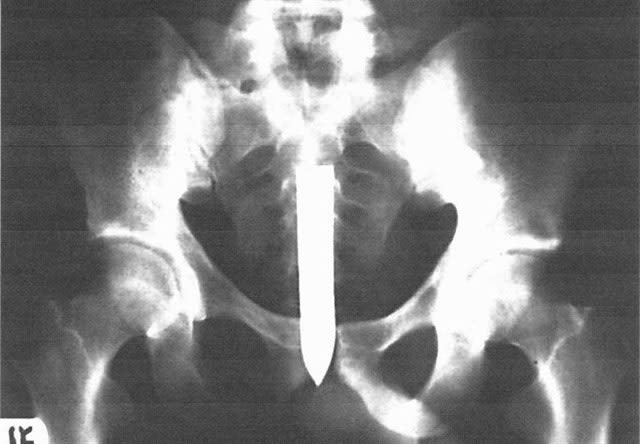He studied each member of the proceeding carefully while ignoring the actual functions and consequences of the trial now in progress. Midget mentally calculated how many steps his shackled legs could take him, and how far he could reach before anyone could react.
The judge was seated elevated and behind his bench; he was too far. The deputy district attorney moved in and out of range as he tried to convict Midget of the cold-blooded murder of one of his own homeboys. He considered the court clerk and recorder but quickly dismissed them because the bailiff deputy was too close behind him and likely to react quickly. He told himself, "If only that fat, lazy bailiff was on duty today."
He finally made the decision to go for the sure thing—his own defense attorney seated next to him. He reached up to his face with his handcuffed hands as if to wipe his eyes. That morning, he had secreted a thin blade taken from his shaving razor under an eyelid. He withdrew the blade unnoticed and palmed it. He took one more deliberate look around the courtroom and, suddenly without warning, turned to the man sitting beside him and sliced at the attorney's throat.
Instinctively, the defense attorney flinched and put his chin down to protect his neck. The razor sliced deeply into the attorney's face diagonally from the left eye, across his nose and deeply into the right side of his mouth. It was ugly but not fatal.
Midget dropped his blade as the courtroom exploded in reaction. He didn't resist the deputies who responded and quickly surrendered. He had already succeeded in his mission. His intention was to delay his sentencing and inevitable transfer to state prison. He was trying to "catch a new case."












